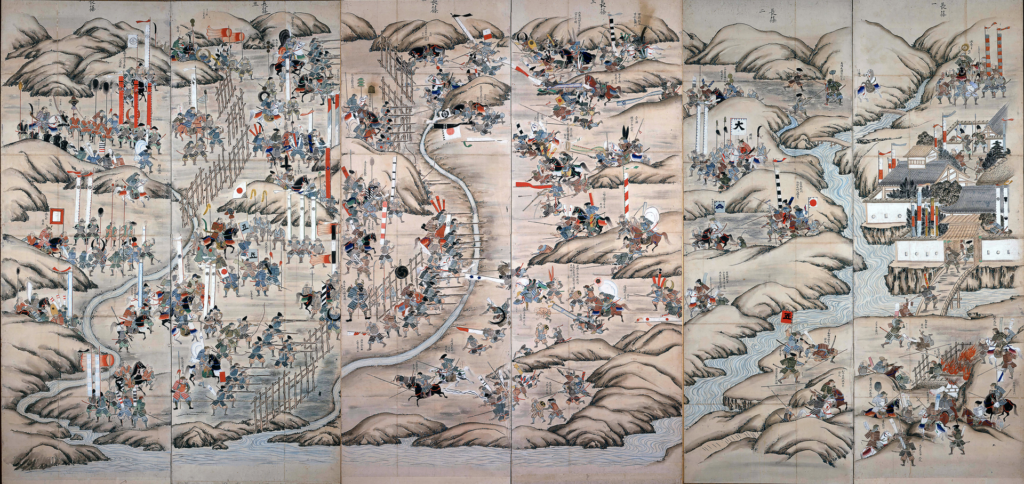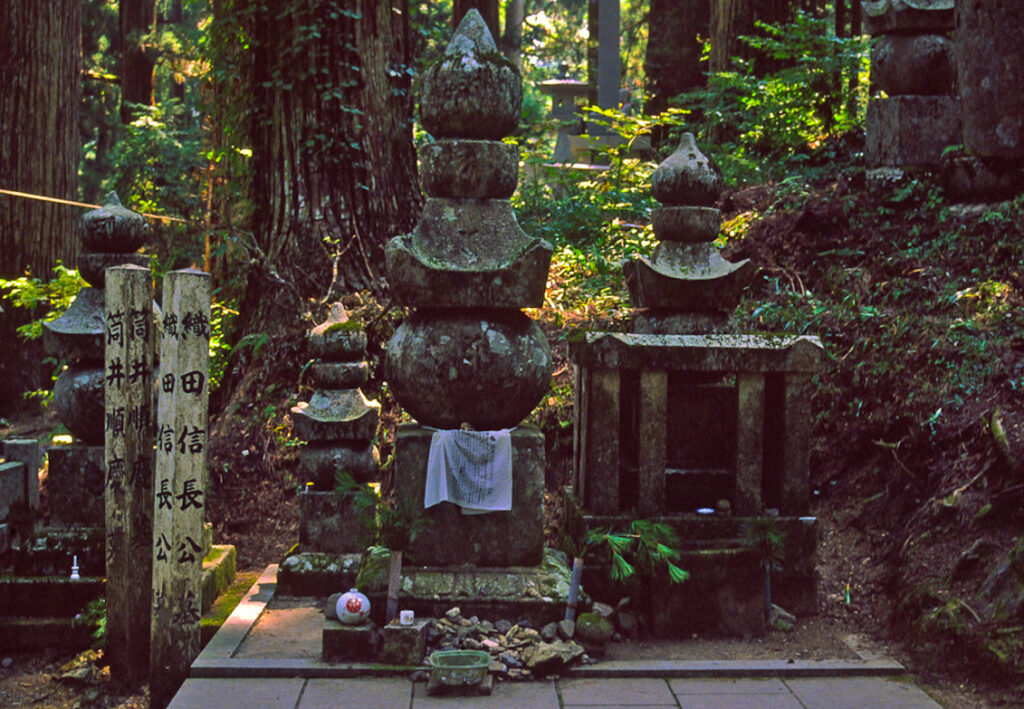When you think of revolutionary figures in history, names like Steve Jobs, Elon Musk, or Alexander the Great come to mind. But one figure from Japan’s past who had just as much of a disruptive, game-changing impact on his time was Oda Nobunaga—a man who shook the very foundations of feudal Japan and set the stage for the unification of an entire nation.
Nobunaga wasn’t your typical warlord. In fact, calling him a mere “military leader” doesn’t quite capture the extent of his legacy. He was a visionary—a man who redefined how warfare was conducted and laid the groundwork for Japan’s transformation into the powerful empire it would later become. Just like today’s innovators, Nobunaga’s revolutionary ideas were often met with skepticism and opposition. But through his sheer brilliance and audacity, he changed the course of history.
A Glimpse Into a Fractured Japan
Before Nobunaga rose to power, Japan was a country divided—fractured into warring states, each fighting for dominance in what we now call the Sengoku period. Imagine a land where feudal lords constantly vied for control, and the central government was weak. The situation was ripe for a unifying leader to emerge, and Nobunaga was that leader. But rather than relying on traditional tactics, he employed bold, sometimes unorthodox methods that would set him apart from others.
A major part of his success was his revolutionary use of technology—specifically, firearms. When he encountered the Portuguese’s matchlock rifles in the 1540s, he didn’t just adopt them; he perfected their use on the battlefield. Nobunaga’s innovative strategies, such as using firearms in organized formations, gave his forces a significant edge over rivals who still relied on traditional methods of combat.
The Relentless Path to Unification

Battle of Nagashino in 1575, By Unknown author (Edo period, circa 18th century) – Nagahama Castle Historical Museum in Nagahama, Shiga Prefecture, Japan, Public Domain, Link
What’s fascinating about Nobunaga’s path to unification is how he managed to achieve so much despite facing overwhelming odds. He was not born into a position of absolute power—his rise was marked by cunning and calculated moves. Nobunaga knew that traditional alliances weren’t enough, so he did something few others dared to do—he broke from tradition and formed strategic partnerships with outsiders, including the Portuguese.
One of his most iconic achievements was the Battle of Nagashino in 1575, where Nobunaga’s army decisively defeated the Takeda clan, renowned for their cavalry. While many generals would have simply sent their troops charging into battle, Nobunaga’s innovative use of firearms (arranged in three lines for maximum effectiveness) turned the tide of war. This was a game-changer not just for Japan, but for military history as a whole.

Portrait of Oda Nobunaga (1583, in Chōkō-ji, Important Cultural Property), By 狩野宗秀 (Kanō Sōshū, 1551 – 1601) – en:Image:Odanobunaga.jpg, Public Domain, Link
The Man Behind the Legend
While Nobunaga is often remembered for his military brilliance, what’s equally fascinating is the personal side of the man himself. Beneath the sharp tactics and fearless persona, Nobunaga was known to have some rather quirky habits. For example, he famously adored the unconventional “noodle soup” dish called soba, and even had a special room built for his enjoyment of the dish—a small, odd yet charming detail that highlights his human side.
And while many feared him for his ruthlessness, those who worked closely with him often noted his fierce loyalty to his allies and his visionary leadership. His ability to inspire loyalty and manage his subordinates with a combination of respect and fear was part of what made him so formidable.

By Ro4444 – Own work, CC BY-SA 4.0, Link
Mapping the Unification
To bring this story to life, consider taking a look at some maps of Sengoku-period Japan. You’ll notice the patchwork of territories, each controlled by different warlords. The visual contrast between the fragmented Japan of Nobunaga’s time and the unified nation he helped shape underscores just how monumental his efforts were.
Infographics highlighting the timeline of Nobunaga’s conquests, alongside artistic depictions of his leadership, provide valuable context to understand how his unconventional strategies fit into the broader narrative of Japan’s history.
A Legacy That Transcends Time

Grave of Oda Nobunaga at Mount Kōya, Wakayama Prefecture, By Velesperun – Own work, CC0, Link
Oda Nobunaga’s story is one of vision, bravery, and relentless ambition. His impact on Japan is still felt today—not just in the form of the unified nation he helped create, but in the very principles of innovation and strategy he employed. He was a man ahead of his time, a revolutionary figure whose influence still echoes in Japan’s culture, military tactics, and leadership styles.
So the next time you think about history’s greatest innovators, don’t forget Oda Nobunaga. After all, he might just be the first “disruptor” in Japanese history.
What do you think? Was Nobunaga truly a visionary ahead of his time? Let us know your thoughts below!
Leave a Reply